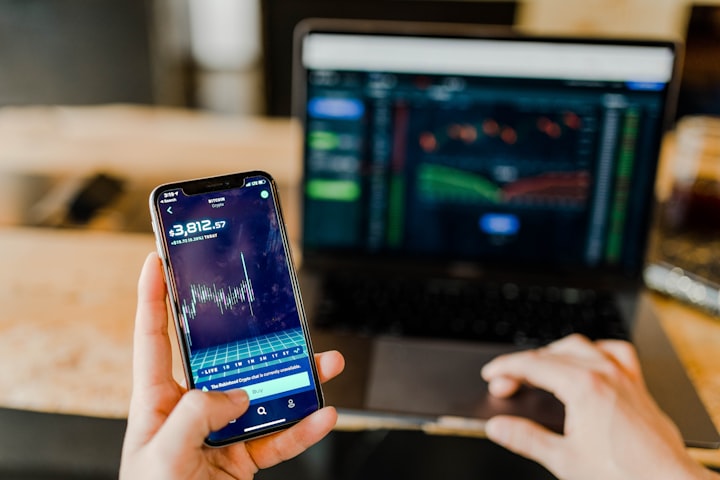Bridging the Gap in Digital Literacy
Which side of the digital divide are you on?
During the pandemic, older Americans on the wrong side of the digital divide were unable to avail themselves of the myriad benefits of the internet. Those who were not tech-savvy found it difficult to schedule telehealth visits with health care providers or participate in Zoom calls with friends and family.
Yet another major problem presented by this lack of connectivity was at the time of scheduling appointments for coronavirus vaccines. This is what Angela Siefer, executive director of the National Digital Inclusion Alliance, an advocacy group for expanding broadband access had to say about it to the Washington Post “I have never described my work as a matter of life or death before. But that’s what happened during the pandemic, especially when it came to vaccines."
This gap in digital literacy continues to be a major barrier against older Americans living happier and healthier lives.
Although the pandemic and consequent residential confinement provided led to the increase in the purchase of smart TVs, smartphones, tablets, and audio devices among the consumers aged 50 and above, the downside is that many not only struggle with questions about how to use the device but also are in need of assistance to be able to do so correctly. A survey conducted by AARP found that older adults boosted technology purchases during the pandemic but more than half (54 percent) said they needed a better grasp of the devices they had acquired. Nearly 4 in 10 (37 percent) admitted they weren’t confident about using these technologies.
As a result of this digital divide, organizations catering to teaching digital literacy to older adults are experiencing a huge increase in demand for their services. One such organization is Generations on Line that specializes in teaching senior citizens how to use their digital devices including how to access their emails, video chat, text, photos, apps as well as navigate the internet. Their website explains how they do this " Generations on Line (GoL) set out to simplify these tools in order to foster and promote internet literacy, access, and skills to the elderly in order to overcome their fear of the new electronic media. We created, tested and developed on-screen tutorials that guide a senior step-b-step with age-friendly instructions in large type and plain English, respectfully and clearly."
GoL has been able to help over 185,000 senior citizens in the US and other English-speaking countries become digitally literate.
Cyber-Seniors is another organization that is helping narrow the digital divide by pairing up senior citizens with high school and college students who serve as technology mentors. This is what their website says about their mission " Founded in 2015 by the creators of the award-winning documentary film CYBER-SENIORS, this non-profit organization provides senior citizens with tech-training using an intergenerational, volunteer model." Cyber-Seniors have been able to provide tech training and support to over 13,000 seniors as well as online programs and services to over 80,000 attendees since April 2020.
An article published by publiclibrariesonline.org offers some helpful tips in helping to bridge the digital divide gap. Here is an excerpt: It’s common to hear things like, “My son said he set up Skype on my phone and I just have to hit a button to call him but I can’t find the button. Maybe I’m just too old to learn how to work this.” These folks, who survived wars and created TVs and microwaves, frequently feel lesser-than instead of the technological innovators they really are. Before you teach them anything, take a moment to give their self-confidence a boost. Use their comments to draw parallels to things already in their wheelhouse. Responses like, “You’ve learned a TON of technology in your lifetime already; remember when things like VCRs and answering machines were new,” can boost their confidence and get them pumped to learn.
For more information on the tech training programs available in their area, seniors are asked to contact the local library, senior center, or department on aging.
A version of this article appeared on NewsBreak.
About the Creator
Yana Bostongirl
Top writer in This Happened to Me on Medium and avid follower of Thich Nhat Hanh. Yana loves to write about life, relationships, mental health and all things she has a passion for.







Comments
There are no comments for this story
Be the first to respond and start the conversation.